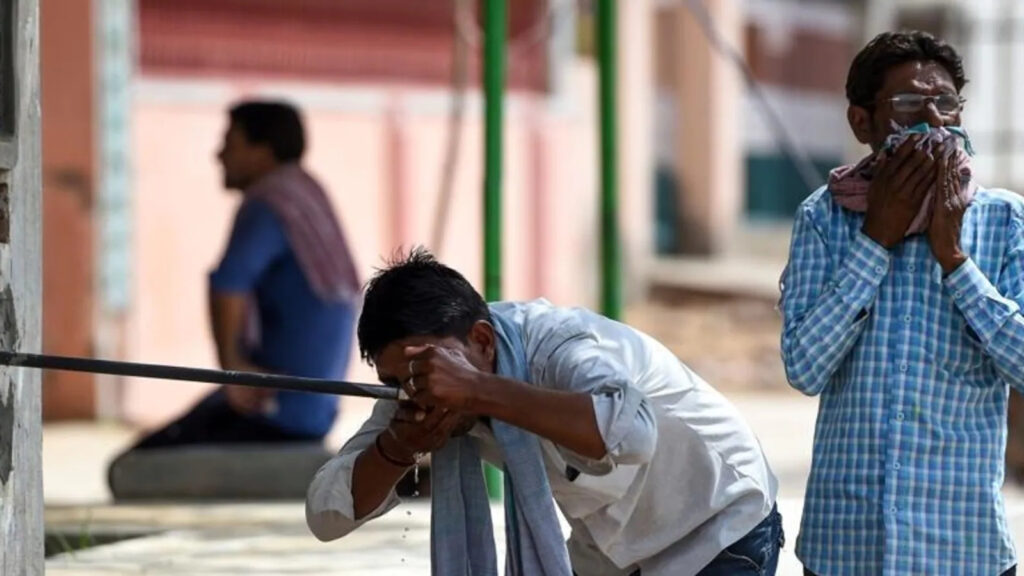
Residents of Delhi had a (relatively) pleasant May, which is when the notorious Loo blows through the city. Even though the temperature reached 43.5 degrees Celsius on Wednesday, the last day of June, they awoke to an unpleasant, hot wind.
These were, according to a meteorologist at a private weather forecaster, the Loo, who were unusually late.
“These are Loo winds which are commonly experienced in May and early June. It’s very unusual to record Loo winds in July or the fag end of June. The wind speed at Palam in Delhi is around 40 to 45 kmph. Till Tuesday the winds were easterly at the lower level and westerly at the higher level so it was a mix of humid and dry winds, making conditions extremely uncomfortable. The temperature is also very high,” said Mahesh Palawat, vice president, climate change and meteorology at Skymet Weather.
On Wednesday, dry, hot westerly winds from central Pakistan were blowing at 20 to 30 kilometres per hour over not only the Capital but also other parts of northwest India. These winds are particularly strong in May and June, just before the monsoon arrives, causing temperatures to drop slightly and heat waves to dissipate.
This year, however, the seasons appear to have been reversed. The monsoon has yet to arrive in Delhi (and is unlikely to do so for at least another week), the Capital is experiencing heat waves, and the Loo has arrived.
“These are heat-related winds,” says the narrator. Pakistan is sending hot, dry winds our way. Heat waves have been recorded in early and mid-June, so we can’t rule them out in June,” said M Mohapatra, director general of the India Meteorological Department (IMD).
Heat wave conditions are expected in some parts of Punjab, Haryana, Chandigarh, Delhi, Rajasthan, and West Uttar Pradesh until the end of the week, according to the IMD, due to dry westerly and southwesterly winds from Pakistan blowing into northwest India.
“As expected, the monsoon enters its break phase, with few rains across the country and no signs of revival until July 7.” Floods in the Northeast and states like Bihar could be triggered by heavy rains. Temperatures rise in NW India, including Delhi, due to dry weather, with temperatures exceeding 40 degrees Celsius,” tweeted M Rajeevan, secretary, Ministry of Earth Sciences.





